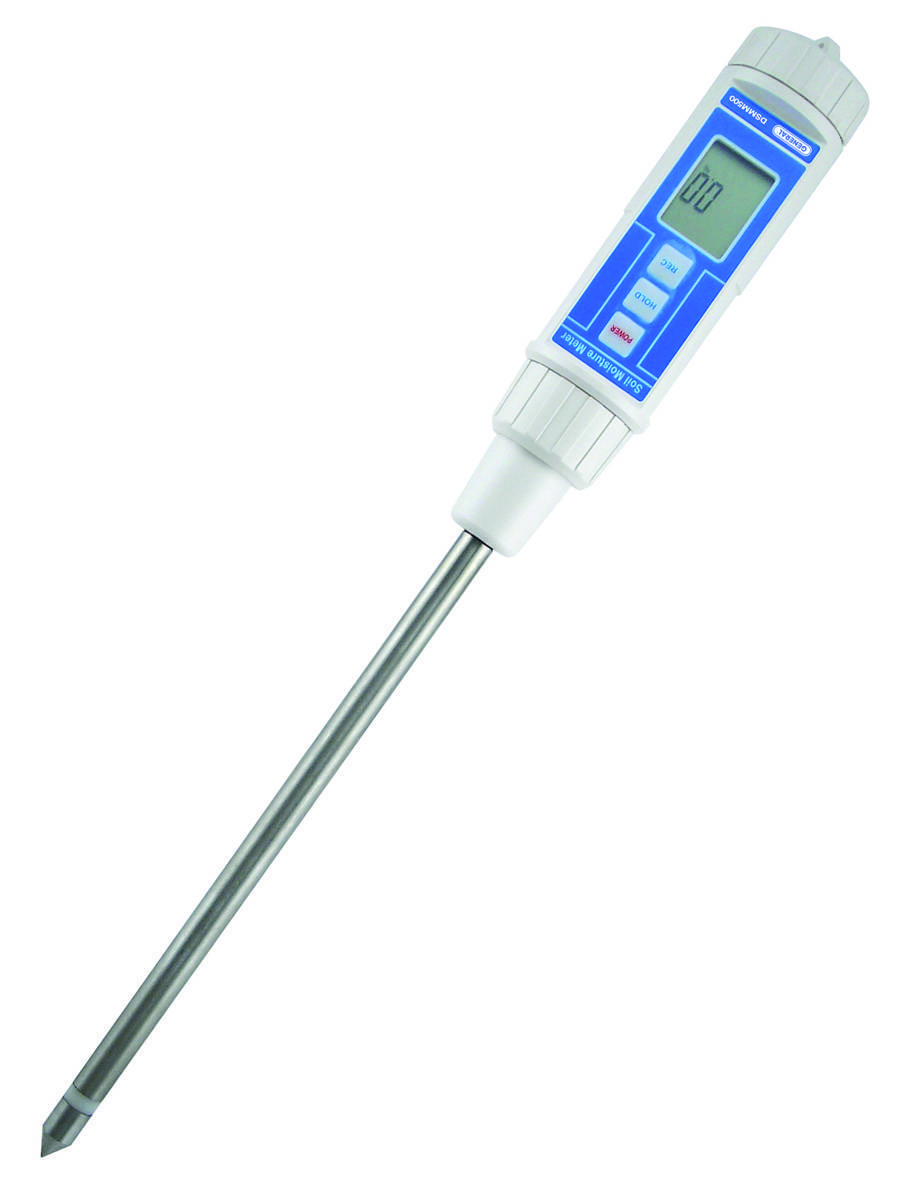The Ultimate Overview to Picking the Right Moisture Meter for Your Requirements
The Ultimate Overview to Picking the Right Moisture Meter for Your Requirements
Blog Article
The Ultimate Overview to Moisture Meters: A Comprehensive Summary and How They Can Conserve You Money
In the realm of building maintenance, building, and different markets, the significance of accurately gauging dampness levels can not be overemphasized. Wetness meters serve as essential tools in detecting and keeping track of moisture content in materials, assisting in stopping costly damages and guaranteeing the quality of items. Understanding the subtleties of various types of dampness meters, their applications, and the potential cost-saving advantages they provide can be a game-changer for organizations and experts alike. Discovering how these gadgets can not only streamline processes but also add to economic cost savings is a journey worth embarking on.
Kinds of Moisture Meters
One typical type is the pin-type wetness meter, which gauges the electric resistance between two pins put right into a product. Pinless moisture meters, on the other hand, use electromagnetic sensing unit plates to scan a bigger location without causing damages to the material's surface.

Infrared dampness meters determine the thermal residential or commercial properties of a material to identify its wetness material non-invasively, making them beneficial for applications where pin or pinless meters might not be appropriate. Understanding the different types of wetness meters readily available can help sectors select the most appropriate device for their details moisture measurement needs.

Advantages of Using Dampness Meters
Wetness meters provide vital advantages in accurately examining and keeping track of wetness levels in diverse products and atmospheres (Moisture Meter). Among the key benefits of using wetness meters is the avoidance of possible damage triggered by excess wetness. By detecting and addressing high wetness degrees early on, moisture meters help to avoid mold growth, rot, and structural damage in buildings, saving both time and cash on repair work. Furthermore, moisture meters help in making certain the high quality of materials during building and construction or manufacturing procedures. By properly measuring dampness web content, these tools aid preserve the stability of timber, drywall, concrete, and various other products, reducing the threat of issues or failings.
In addition, utilizing dampness meters can cause raised energy efficiency. By determining areas with high dampness degrees, such as leaks or inadequate insulation, modifications can be made to enhance power preservation and reduce energy prices. In farming setups, wetness meters play an essential duty in maximizing crop yields by making it possible for farmers to keep track of dirt dampness degrees and make educated watering choices. On the whole, the advantages of utilizing moisture meters cover throughout various markets, providing cost-efficient options and promoting better quality control practices.
Just How to Select the Right Dampness Meter
Selecting the suitable wetness meter entails considering vital elements such as product compatibility, dimension range, and calibration precision. When choosing a wetness meter, it's vital to make certain that the meter is appropriate for the particular product you will be screening. Different products have varying electrical homes that can influence dampness analyses, so selecting a meter developed for your product is crucial for accurate results. Additionally, take into consideration the dimension variety of the wetness meter. Ensure that the meter can spot wetness levels within the array required for your applications. Calibration precision is another crucial element to remember. Select a wetness meter with dependable calibration to guarantee regular and precise analyses. Some meters may call for periodic calibration adjustments, so understanding the calibration process is important. By very carefully reviewing these elements, you can pick a dampness meter that fulfills your requirements and supplies precise wetness dimensions for your projects.
Correct Strategies for Moisture Meter Use

Price Savings With Dampness Meter Applications
Exactly how can the tactical use of moisture meters lead to substantial expense financial savings across numerous sectors? In the agriculture sector, wetness meters aid in establishing the optimum time for harvesting plants, avoiding excess or over-drying wetness that can influence the final product's high quality.
Similarly, in building, moisture meters help stop costly problems by discovering moisture degrees in structure materials, such as timber or concrete, which can cause architectural concerns otherwise addressed immediately. By determining problem locations beforehand, professionals can take rehabilitative procedures to stay clear of considerable repairs or substitutes, eventually saving time and money.
Additionally, in the food processing industry, moisture meters are important for keeping track of product high quality and making certain compliance with safety and have a peek at this site security guidelines. By accurately gauging moisture content in foodstuff, producers can protect against perishing, preserve freshness, and reduce waste, leading to substantial expense financial savings. Generally, the critical application of wetness meters is an important financial investment that can lead to significant price decreases and improved performance throughout numerous sectors.
Final Thought
In verdict, dampness meters are beneficial tools for measuring and detecting moisture degrees in different materials. By using the best moisture meter and adhering to correct techniques, users can effectively prevent costly damages triggered by excess dampness.
Dampness meters offer as important devices in finding and keeping an eye on moisture material in materials, assisting in avoiding costly problems and ensuring the quality of items. Infrared moisture meters gauge the thermal residential properties of a product to establish its moisture content non-invasively, making them helpful for applications where pin or pinless meters might not be appropriate.Dampness meters use important benefits in accurately analyzing and keeping an eye on dampness levels in diverse products and settings. In agricultural settings, dampness meters play a vital role in enhancing crop yields by these details making it possible for farmers to keep an eye on dirt dampness degrees and make informed watering decisions.In verdict, wetness meters are beneficial tools for spotting and gauging wetness degrees in various products.
Report this page